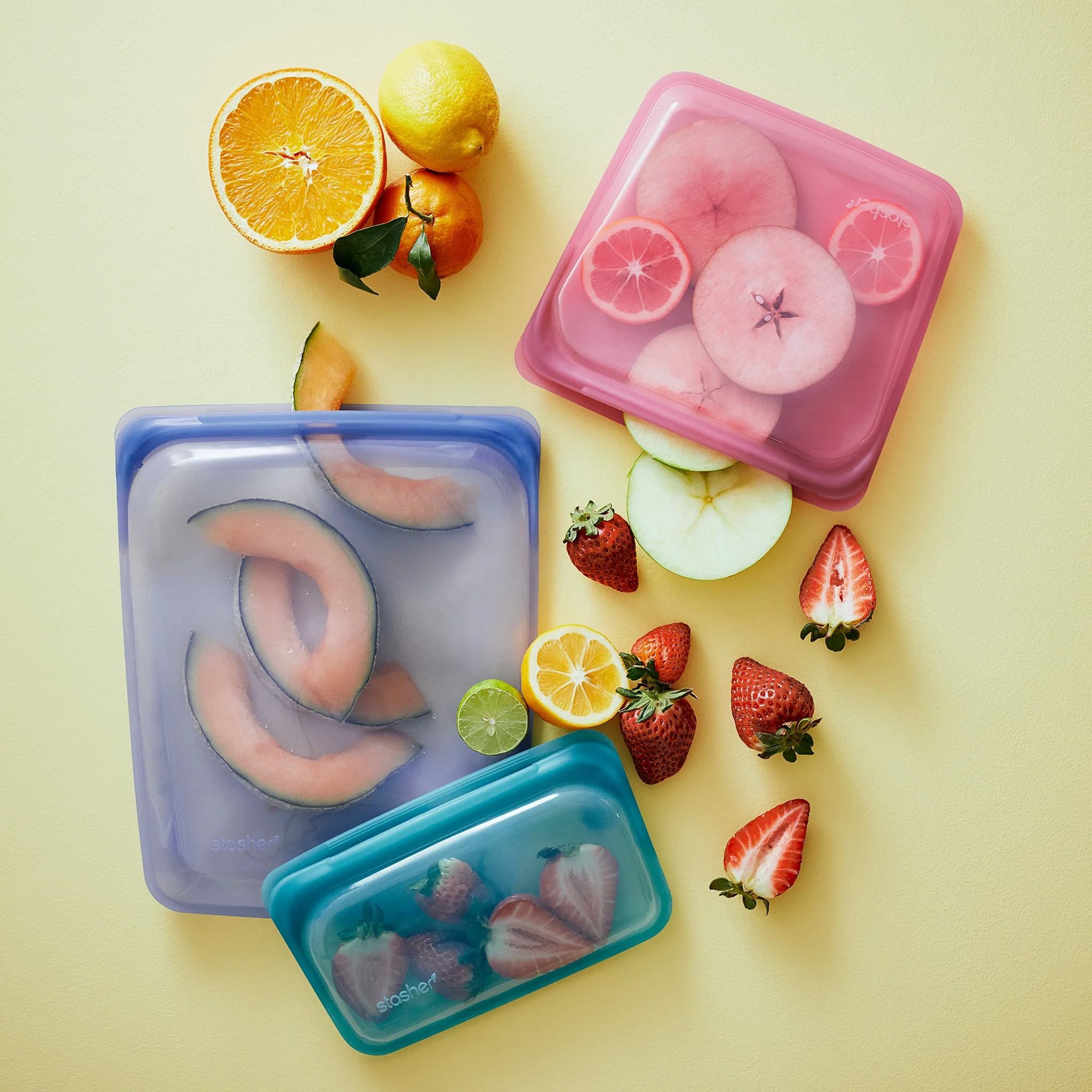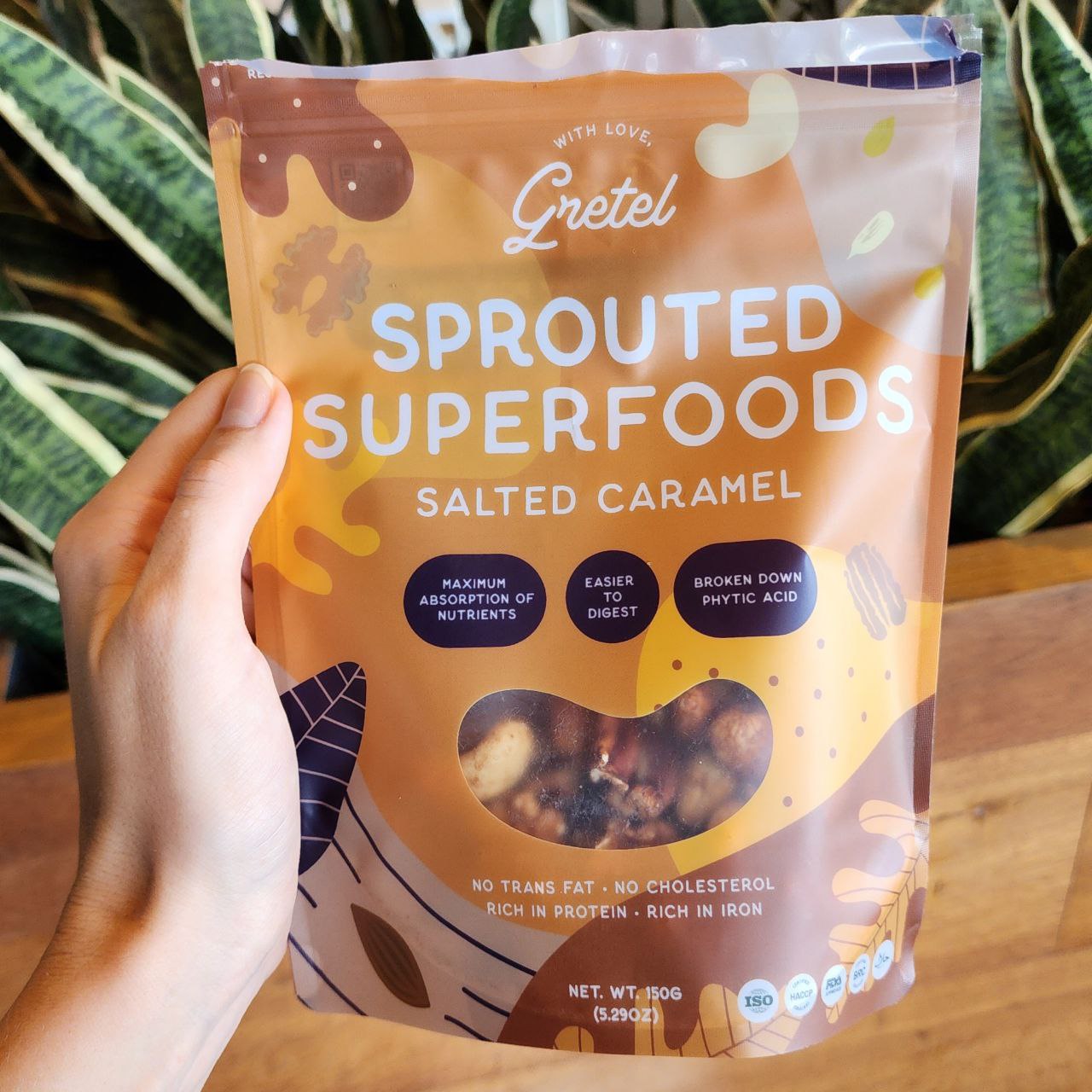Reducing food waste is an essential step towards a more sustainable future. One way to contribute is by using imperfect or “ugly” fruits and vegetables that might otherwise go to waste. This green juice recipe is not only nutritious but also helps repurpose those less visually appealing apples, cucumbers, and celery stalks into a refreshing and eco-friendly beverage. Embrace sustainability in your kitchen with this delicious green juice recipe.
Ingredients:
- 2 imperfect apples (bruised or slightly blemished)
- 1 imperfect cucumber (with minor imperfections)
- 2-3 imperfect celery stalks (slightly wilted or bruised)
- 1 cup spinach (or any leafy greens of your choice)
- 1 lemon, peeled
- Optional: a handful of fresh mint leaves (to add a refreshing twist)
Instructions:
- Wash all the imperfect fruits and vegetables thoroughly, ensuring they are free from any harmful residues.
- Core and chop the imperfect apples, removing any damaged areas.
- Slice the imperfect cucumber into smaller pieces.
- Cut off any bruised or wilted parts of the celery stalks and chop them into smaller sections.
- Add the imperfect fruits and vegetables to a high-speed blender.
- Add the spinach (or other leafy greens) to the blender.
- Squeeze the juice of the lemon into the blender.
- If using fresh mint leaves, add them to the blender as well.
- Blend the ingredients until smooth and well combined.
- Taste and adjust the flavor by adding more lemon juice or mint leaves if desired.
- Pour the green juice into a glass and serve immediately.

Tips for Sustainability:
- Embrace Imperfections: Remember that the appearance of produce does not affect its nutritional value. Utilize imperfect fruits and vegetables to help reduce food waste and support sustainable practices.
- Buy Locally and Seasonally: Opt for locally grown produce when possible. This reduces the carbon footprint associated with long-distance transportation and supports local farmers.
- Composting: Instead of discarding the scraps from the fruits and vegetables, consider composting them to create nutrient-rich soil for your garden or potted plants.
- Reusable Containers: Serve your green juice in reusable glass bottles or jars to minimize single-use plastic waste.
- Mindful Portions: Make only the amount of juice you need to avoid any leftover wastage. Adjust the quantities of ingredients accordingly.
CBy incorporating imperfect apples, cucumbers, and celery into this sustainable green juice recipe, you can reduce food waste while enjoying a nutritious and revitalizing beverage. Embrace the concept of using “ugly” produce and join the movement towards a more sustainable and eco-friendly lifestyle.
Let’s make a positive impact on our planet, one sip at a time. Cheers to a greener future!






